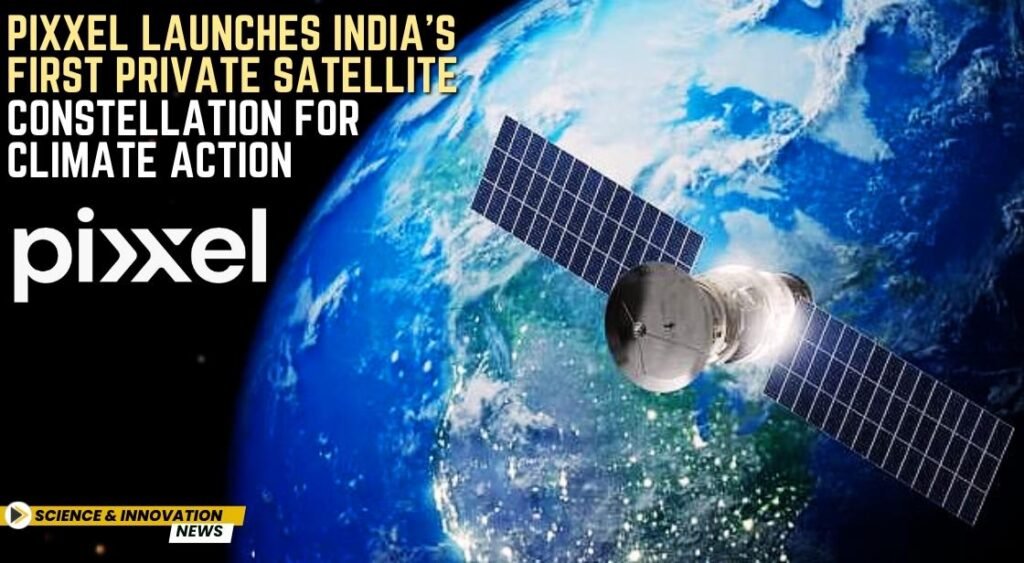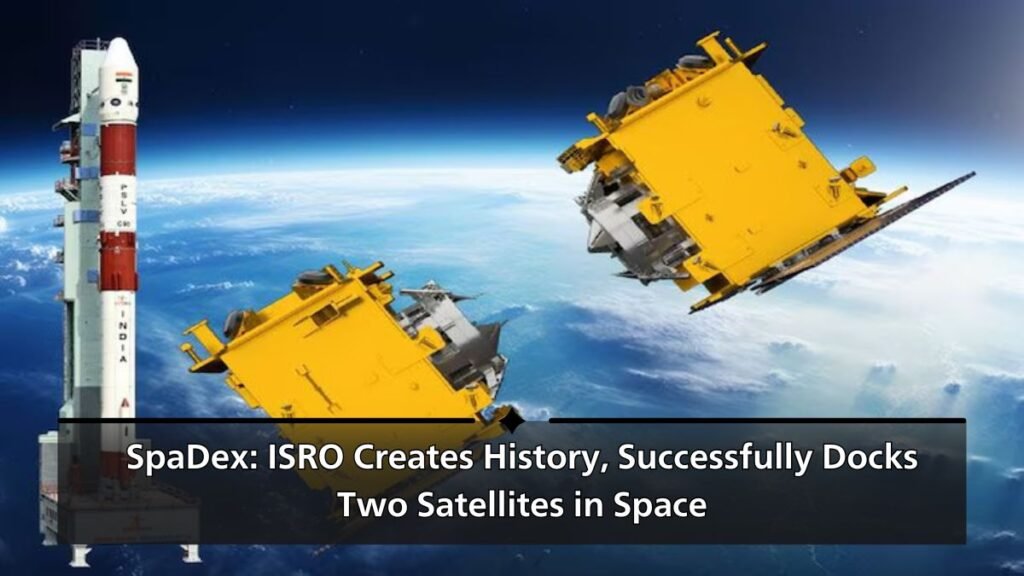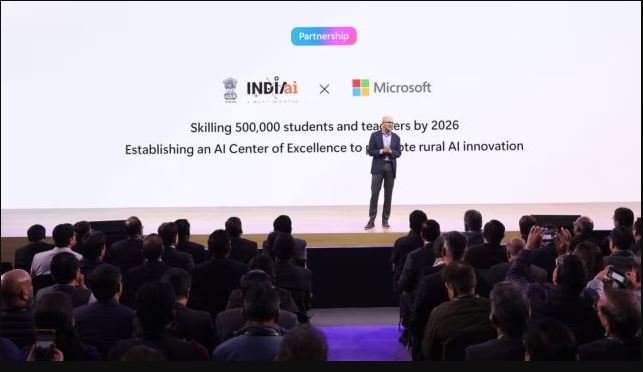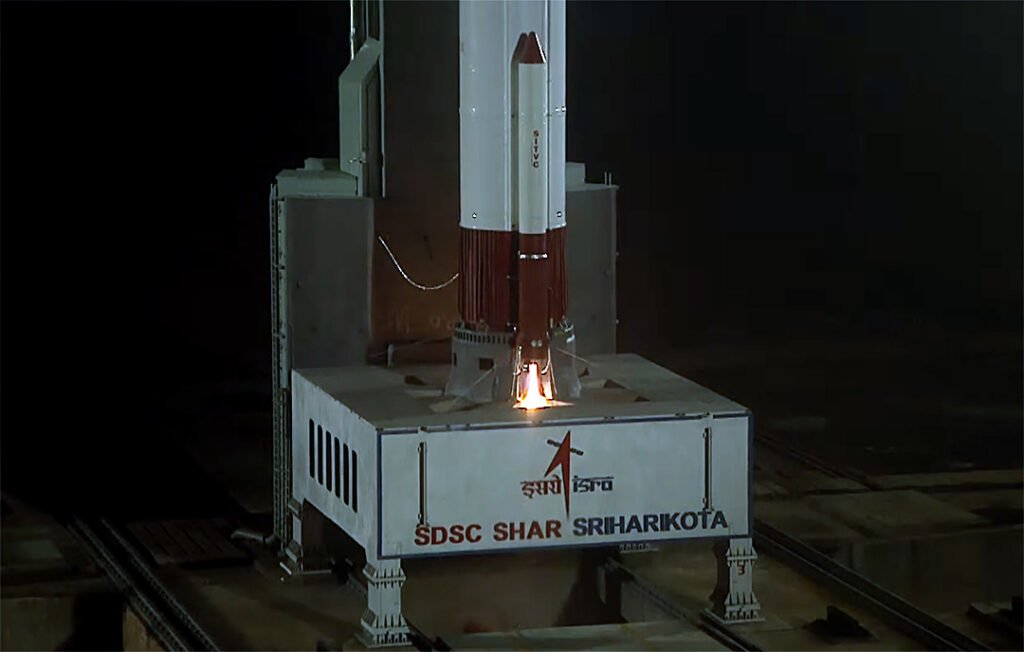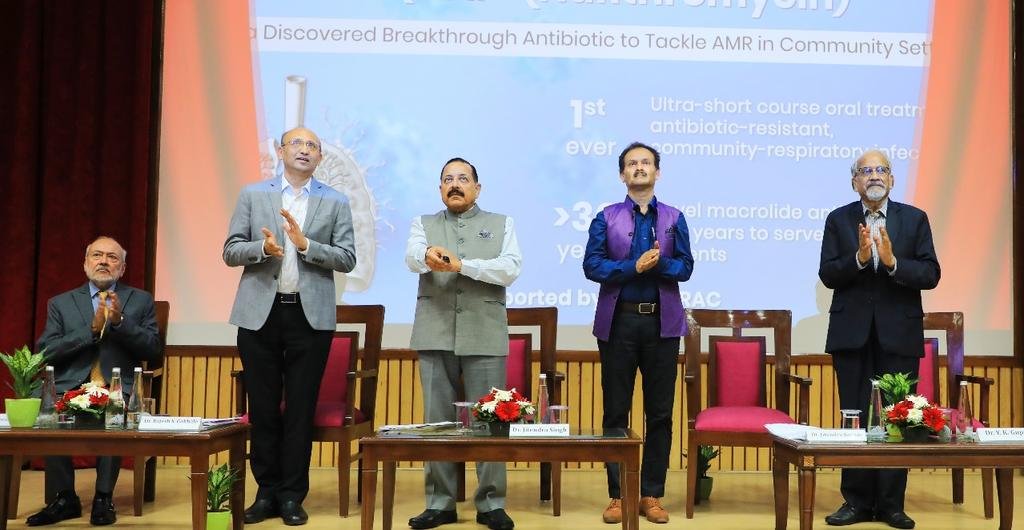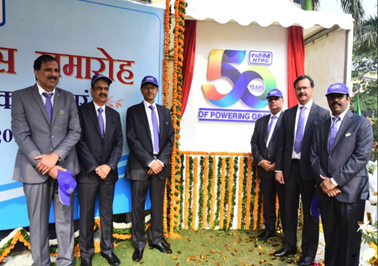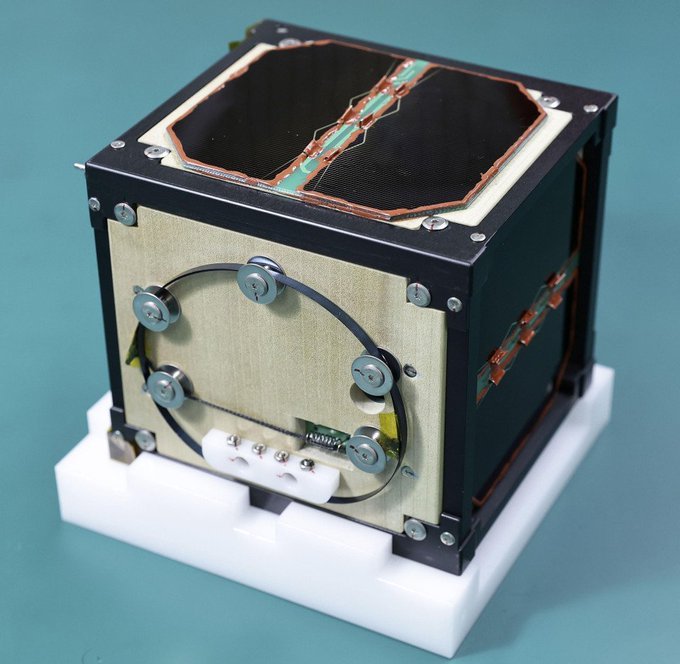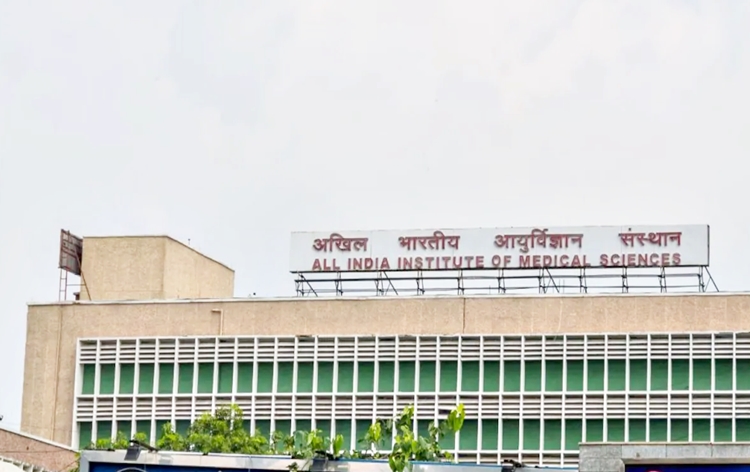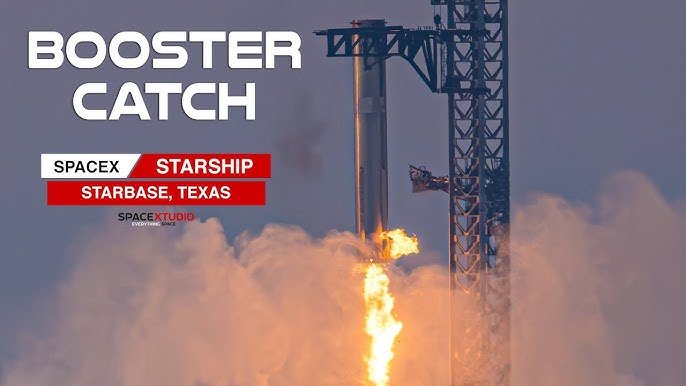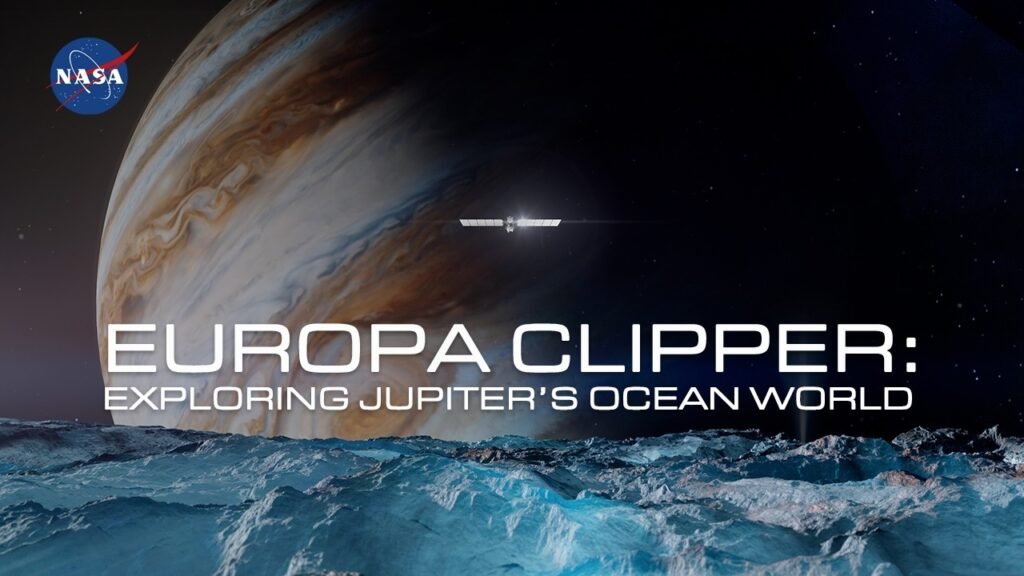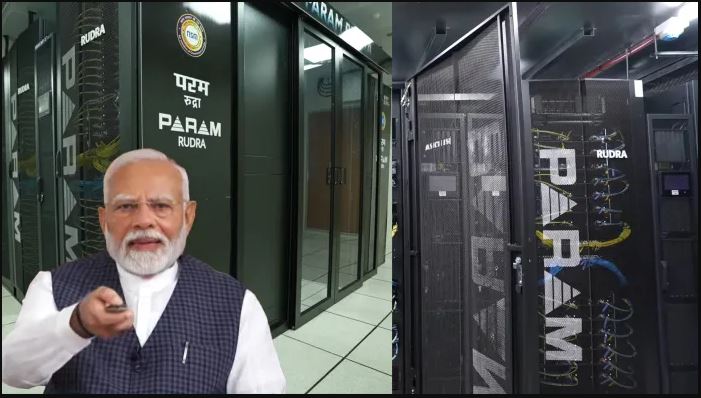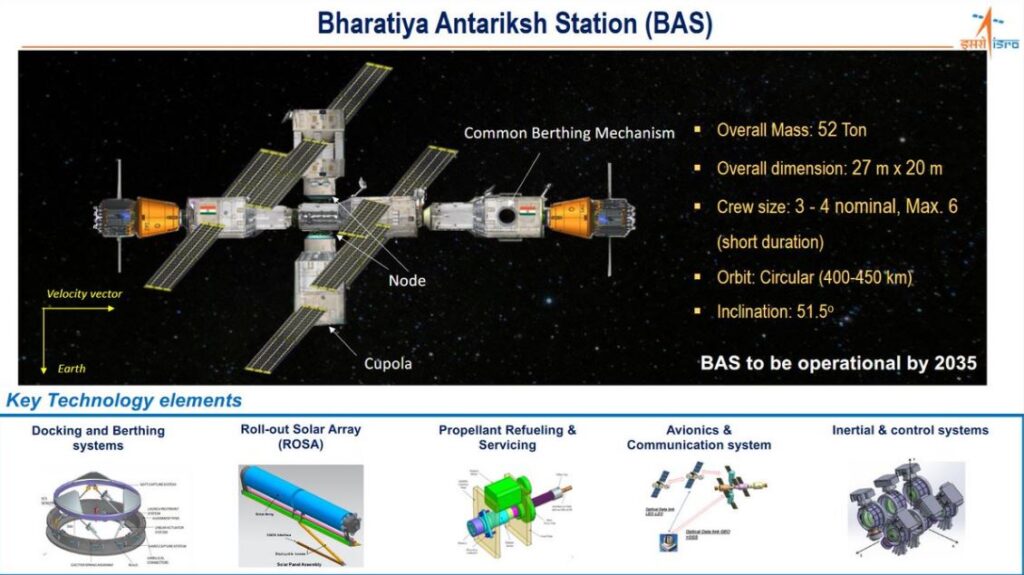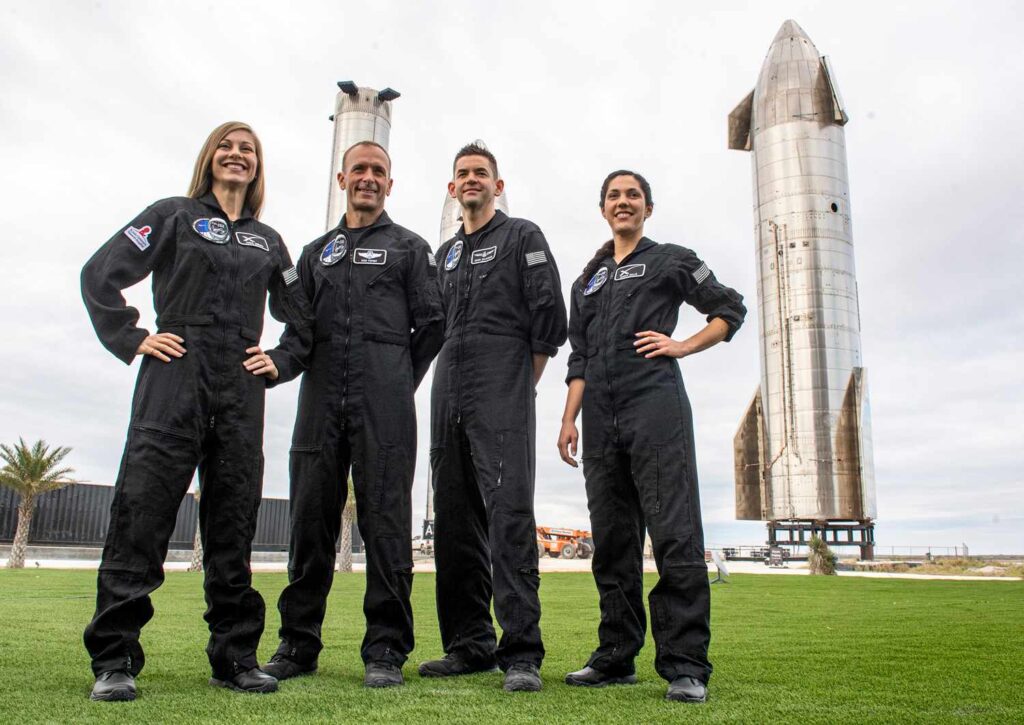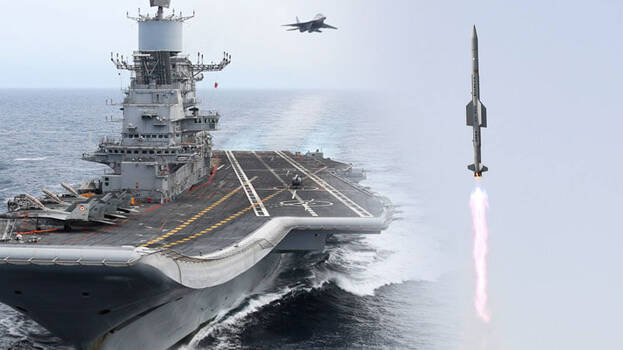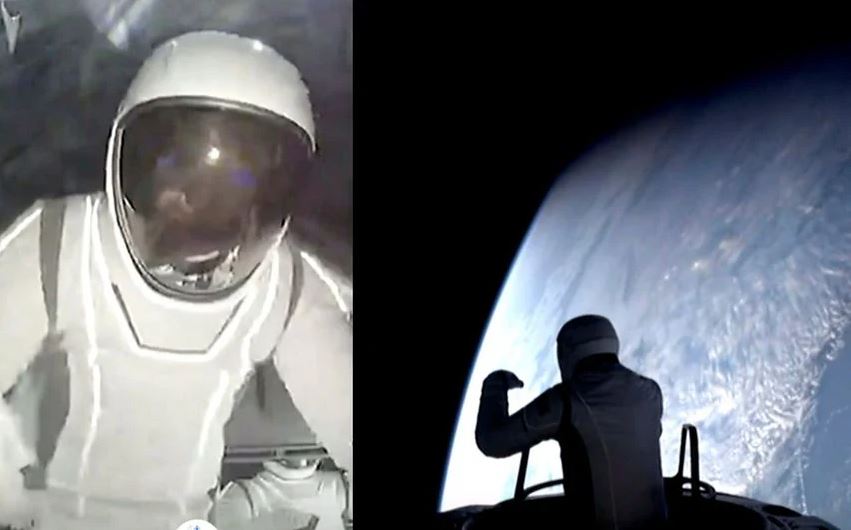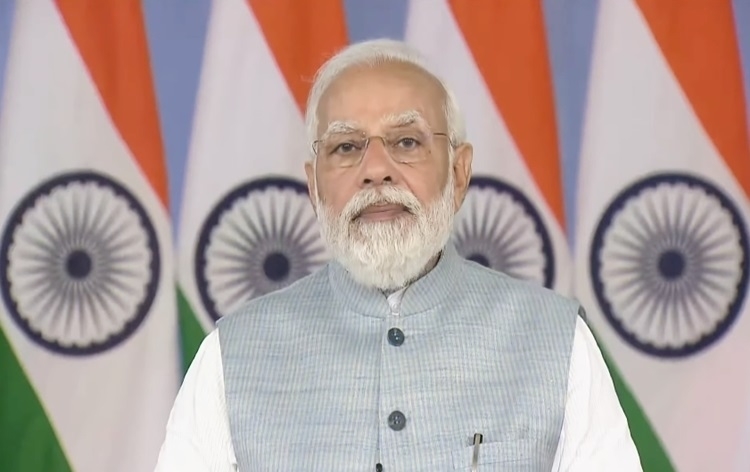Pixxel Space Launches World’s Highest-Resolution Hyperspectral Satellites
Pixxel Space, a Bengaluru-based startup backed by Google, launched its first private satellite constellation, Firefly, on January 14, 2025, using a SpaceX rocket from California.
Key Features: Firefly consists of six satellites, making it the world’s highest-resolution commercial hyperspectral imaging constellation. The satellites observe Earth in over 150 spectral bands, capturing detailed data for various applications.
Applications:
- Agriculture: Monitoring vegetation health.
- Mining: Identifying mineral compositions.
- Environmental Monitoring: Tracking water quality and atmospheric changes.
- Defense: Enhancing surveillance capabilities.
Future Plans: Three additional satellites to be launched in the next two months and Expansion to a 24-satellite constellation by 2029.
The technology enables precise detection of chemical, biological, and environmental changes, marking a major advancement in hyperspectral imaging.
